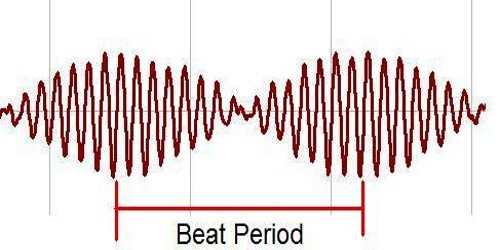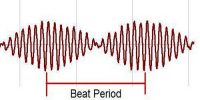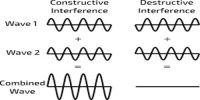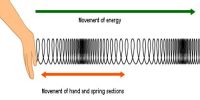Mechanism of Formation of Beats
When two sound waves of nearly equal frequencies originate at the same time and travel along the same direction, meet a particle of the medium, the phases of combined tone changes with time. At one time the two waves act with the same phase i.e., constructively, and at other time interfere with opposite phase, i.e., destructively. So the intensity of sound changes periodically i.e., due to the interaction of two waves at a particular interval displacement of the particles that mewls the intensity of sound is one-time maximum and the other time minimum. This periodic change of intensity of sound is called beats.
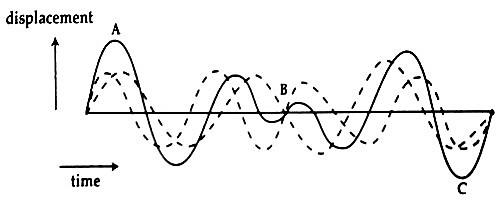
Let us take two tuning forks of almost equal frequencies. By striking on a hammer with rubber pad sound waves are generated. These two waves will propagate through the medium. At one time these two waves will meet at a point of the medium with the same phase and at other time they will meet with opposite phase. In Figure the two sound waves meet at point A with the same phase and hence the amplitude of the resultant wave will be equal to the summation of the amplitudes of the waves. So, the resultant intensity of the sound will be more. Here the two sound waves have been shown by broken lines and the resultant sound wave has been shown by solid line.
As time passes away one wave will try to cross the other wave. The two waves at point B is in opposite phase, so the amplitude of the resultant wave will be equal to the difference of the two waves. So, intensity of sound will be very small. Again at point C the two waves will meet with same phase, so the resultant amplitude will be equal to the sum of the two waves. Consequently, intensity will be more. In this way, there will be a periodic variation of intensity of sound. Number of beats will be determined by the number of periodic change of sound intensity per second.
